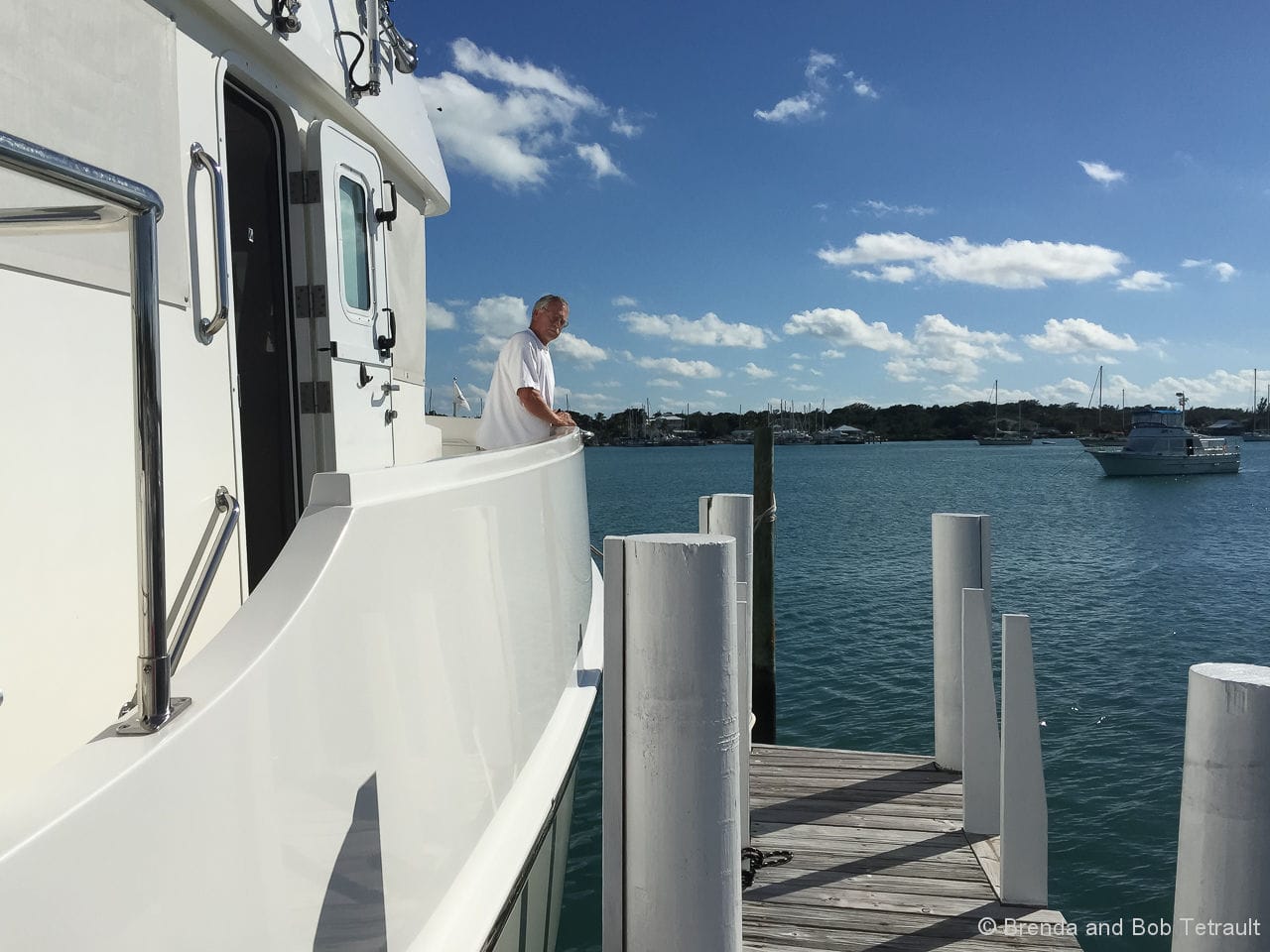Offshore Motor Boats
Let’s face it, most of us offshore sailors have thought about transitioning to a power boat at some time, even if only as a way to stay on the water as we age.
And even if you are a dyed-in-the-wool powerboater who has never sailed, you will find a new way to look at offshore powerboats within this series.
Child Topics:
Click for TOC or scroll down for details
Articles in this topic:
- A Sailor’s Motorboat
- Motorboating and Sailing Compared—Part 1
- Motorboating and Sailing Compared—Part 2
- Thinking About Better Offshore Motorboats
- Get-Home Backup for Offshore Motorboats—Part 1, Is It Even a Thing?
- Get-Home Backup For Offshore Motorboats—Part 2, The Options
- Get-Home Backup For Offshore Motorboats—Part 3, The Winner
- Wing Controls
- Offshore Motorboats and an Ideal Geezer Boat
-
A Sailor’s Motorboat
84 CommentsReading Time: 6 minutesMembersRead more: A Sailor’s MotorboatLet’s compare a cruising sailboat under power to a typical trawler. After all, we sailors don’t want to take a step backward in efficiency and speed as we transition to power.
-
Motorboating and Sailing Compared—Part 1
23 CommentsReading Time: 8 minutesMembersRead more: Motorboating and Sailing Compared—Part 1What’s it really like to make a passage on a trawler? John and Phyllis report on a crossing of the Gulf of Maine in a Nordhavn 55.
-
Motorboating and Sailing Compared—Part 2
65 CommentsReading Time: 8 minutesMembersRead more: Motorboating and Sailing Compared—Part 2We discuss what Phyllis and I have learned about motorboats and particularly our impressions as filtered through our experience of tens of thousands of offshore miles in sailboats. We look at seaworthiness, fuel burn and my thinking on the related environmental issues, and then finish up with what all of this means to Phyllis and me personally.
-
Thinking About Better Offshore Motorboats
29 CommentsReading Time: 4 minutesMembersRead more: Thinking About Better Offshore MotorboatsOffshore motorboats could be safer, faster, and much, much, more fuel efficient. John looks at how, and some innovative boats that are making that happen.
-
Get-Home Backup for Offshore Motorboats—Part 1, Is It Even a Thing?
39 CommentsReading Time: 5 minutesMembersRead more: Get-Home Backup for Offshore Motorboats—Part 1, Is It Even a Thing?When designing an offshore motorboat one of the first decisions we must make is what we intend to do if the main engine fails far from land or help. John takes a deep dive into this complex issue.
-
Get-Home Backup For Offshore Motorboats—Part 2, The Options
31 CommentsReading Time: 7 minutesMembersRead more: Get-Home Backup For Offshore Motorboats—Part 2, The OptionsThere are benefits and drawbacks to all get-home backup power options for offshore motorboats, which makes this vital decision surprisingly difficult. John shines a bright light on the tradeoffs of each option.
-
Get-Home Backup For Offshore Motorboats—Part 3, The Winner
61 CommentsReading Time: 5 minutesMembersRead more: Get-Home Backup For Offshore Motorboats—Part 3, The WinnerIn the last two articles we looked at whether we even need a get-home option for an offshore motorboat and concluded we do, so we looked at six options. In this chapter John reveals his winner, and why.
-
Wing Controls
39 CommentsReading Time: 2 minutesFreeRead more: Wing ControlsI’m in rant mode again, but not just to stir things up. This is a situation that genuinely scares me, and it needs fixing.
-
Offshore Motorboats and an Ideal Geezer Boat
57 CommentsReading Time: 4 minutesFreeRead more: Offshore Motorboats and an Ideal Geezer BoatJohn has long been a critic of the current state of motorboat design but now he’s seeing some exciting new designs that bode well for the future.









